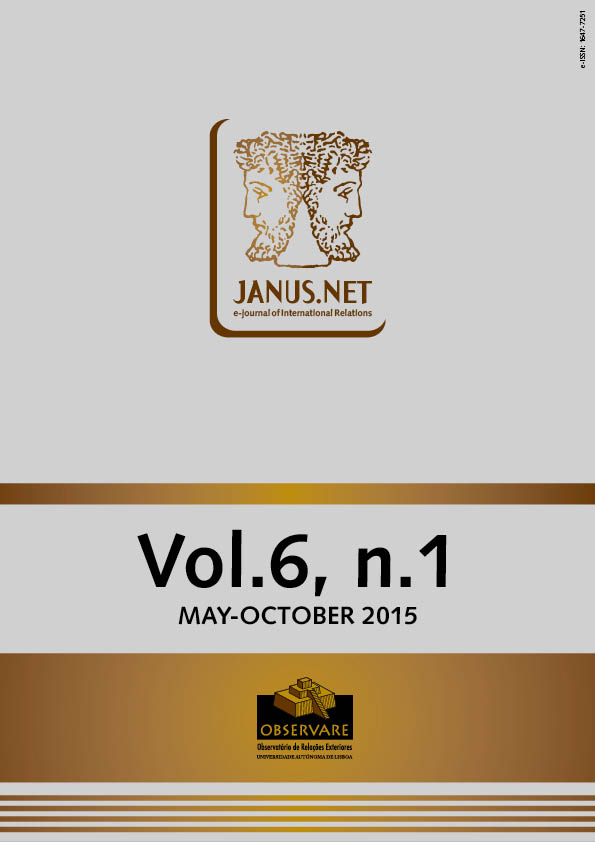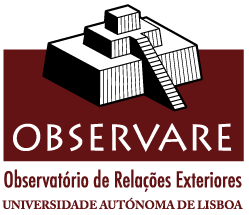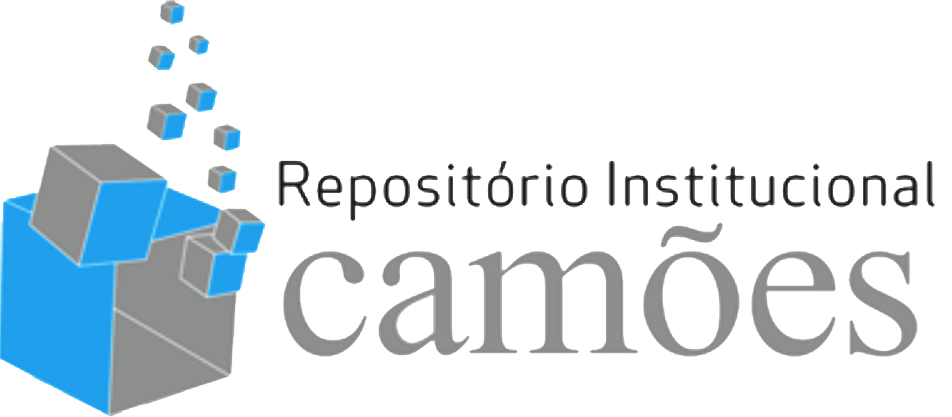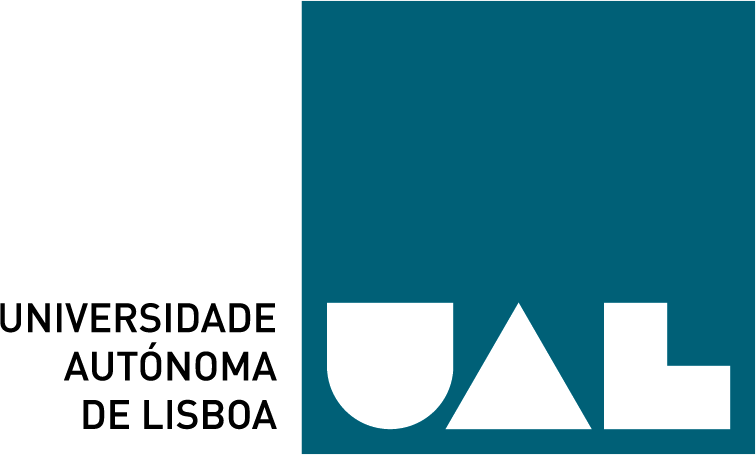In the amazing Code and Other Laws of Cyberspace, Professor L. Lessig writes “that something fundamental has changed” with cyberspace with regard to the state’s ability to enforce the law. On the one hand, the structure and characteristics of cyberspace pose some difficulties related to jurisdiction and the choice of applicable law. On the other, it raises questions about the very concept of sovereignty as we know it. This paper examines the arguments of those who advocate a regulation of cyberspace on the edges of state sovereignty or within a new concept of sovereignty and capacity to enforce the law, and the arguments of those who reject this exceptional treatment of cyberspace.
CYBERSPACE REGULATION: CESURISTS AND TRADITIONALISTS
»
Holder of a Master Degree in Law and Security from the Faculty of Law of Universidade Nova de Lisboa. Holder of a Bachelor Degree in Systems and Computer Engineering from the University of Minho. Operations Coordinator at the National Cybersecurity Center (CNCS, Portugal).
Resumo
No fantástico Code and Other Laws of Cyberspace, o Professor L. Lessig afirma “que algo de fundamental mudou” com o ciberspaço, no que à capacidade do Estado em fazer cumprir a lei diz respeito. Por um lado a estrutura e as características do ciberespaço colocam algumas dificuldades relacionadas com a competência e a escolha da lei aplicável. Por outro, levanta dúvidas sobre o próprio conceito de soberania, como o conhecemos. Este trabalho analisa os argumentos daqueles que defendem uma regulação do ciberespaço à margem da soberania do Estado ou dentro de um novo conceito de soberania e de capacidade para fazer cumprir a lei, bem como os argumentos daqueles que rejeitam essa excepcionalidade de tratamento ao ciberespaço.
Palavras-chave
Como citar este artigo
Santos, Lino (2015). “Cyberspace regulation: cesurist and traditionalists”. JANUS.NET ejournal of International Relations, Vol. 6, N.º 1, May-October 2015. Consulted [online] on date of last visit, https://repositorio.ual.pt/handle/11144/1756
Article received on 31 March, 2015 and accepted for publication on 30 April, 2015















